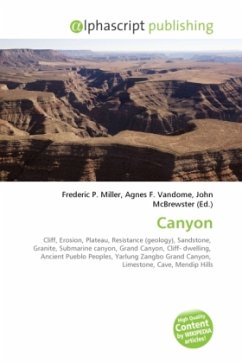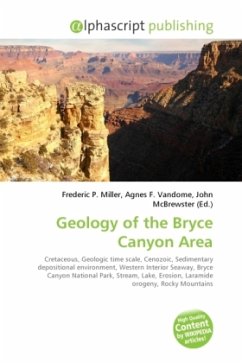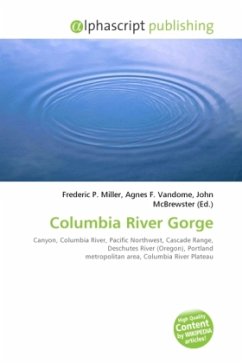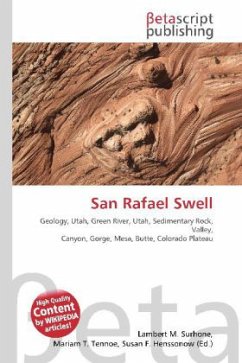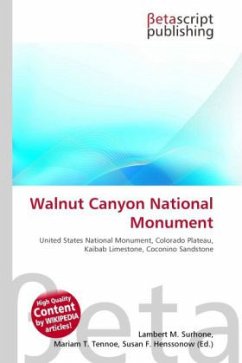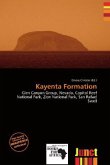A canyon or gorge is a deep valley between cliffs often carved from the landscape by a river. Most canyons were formed by a process of long-time erosion from a plateau level. The cliffs form because harder rock strata that are resistant to erosion and weathering remain exposed on the valley walls. Canyons are much more common in arid areas than in wetter areas because weathering has a greater effect in arid zones. Canyon walls are often formed of resistant sandstones or granite. Submarine canyons are those which form underwater, generally at the mouths of rivers. The word canyon is Spanish in origin (cañón). The word canyon is generally used in the United States, while the word gorge is more common in Europe and Oceania, though it is also used in some parts of the United States and Canada. The military derived word defile is occasionally used in England. A famous example is the Grand Canyon in Arizona with an average depth of one mile and a volume of 4.17 trillion cubic meters. In the southwestern United States, canyon are important archeologically because of the many cliff-dwellings built there, largely by the earlier inhabitants, Ancient Pueblo Peoples.
Bitte wählen Sie Ihr Anliegen aus.
Rechnungen
Retourenschein anfordern
Bestellstatus
Storno

